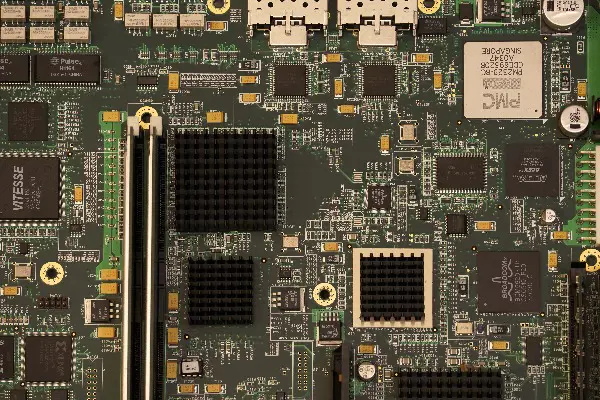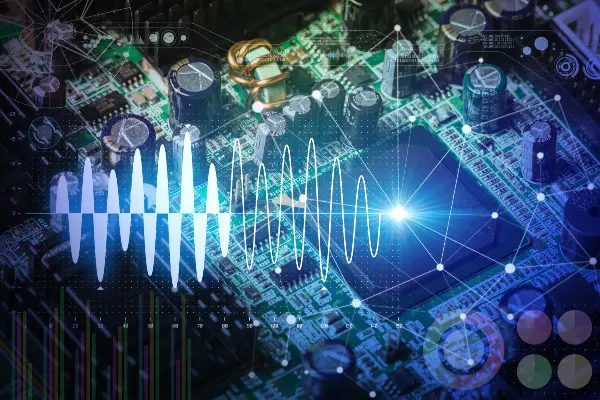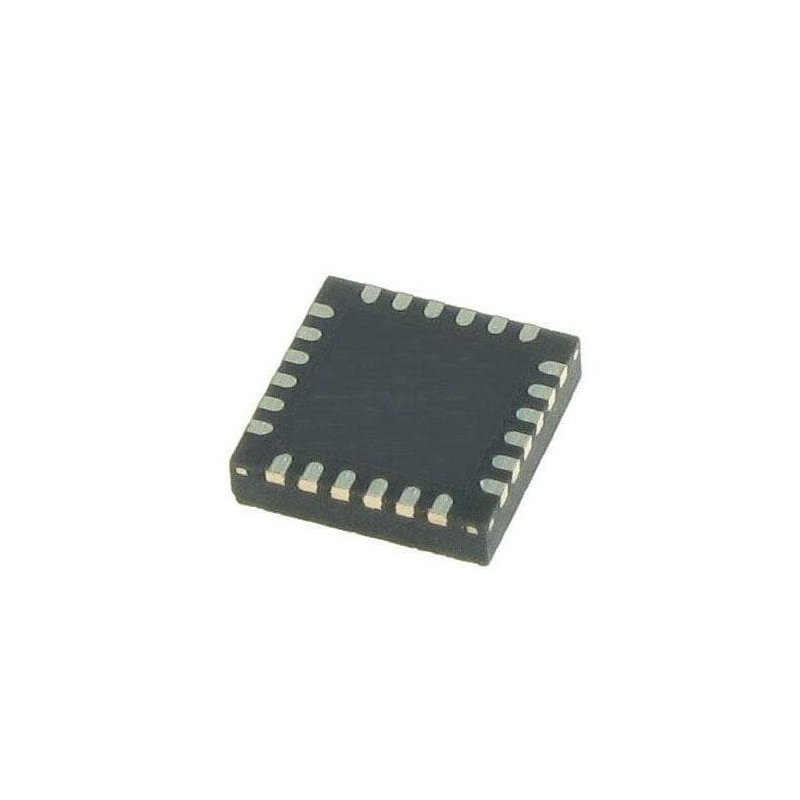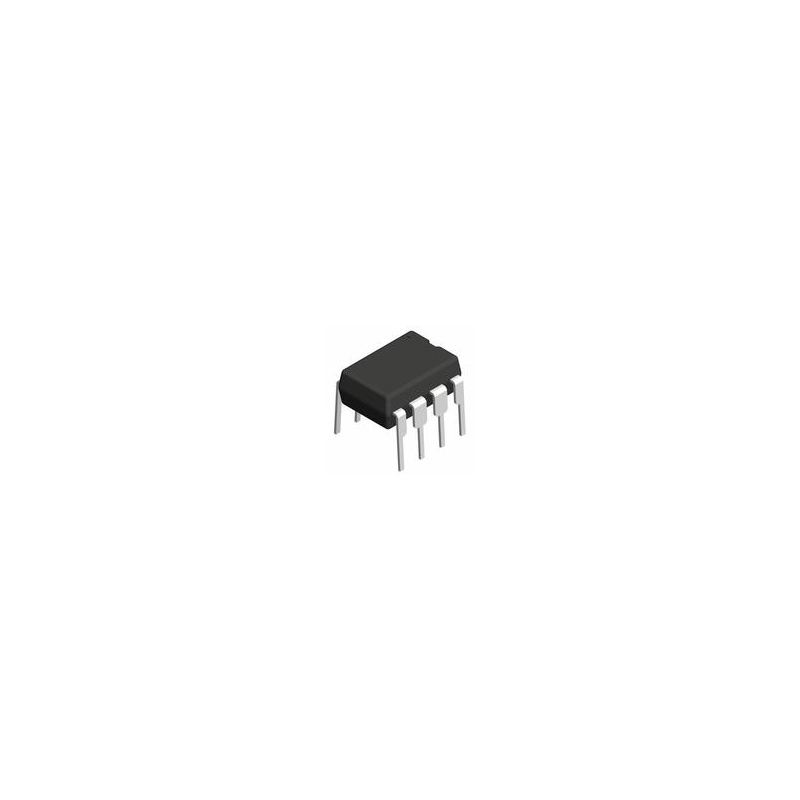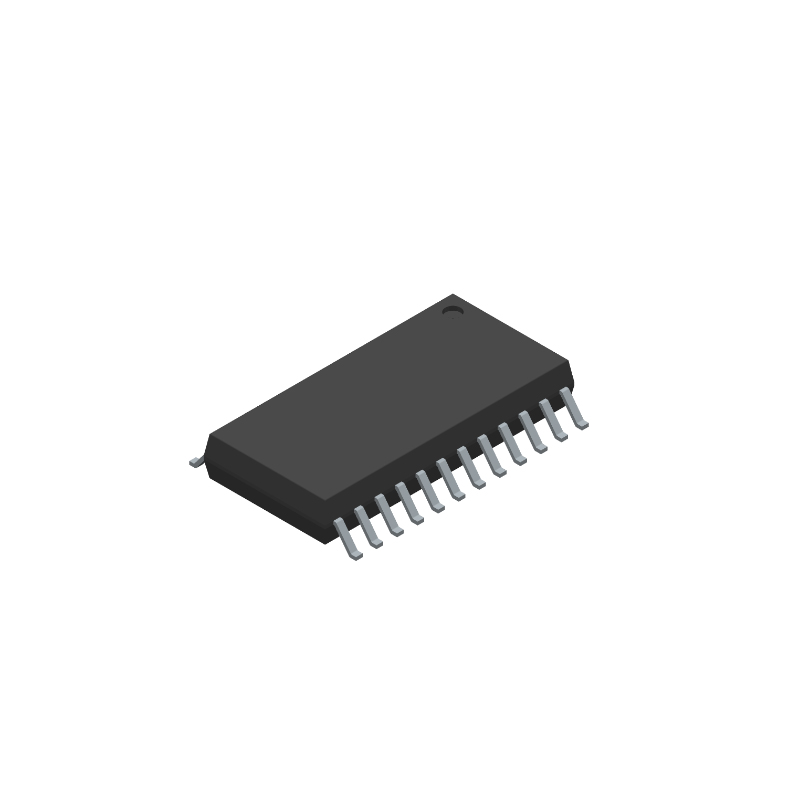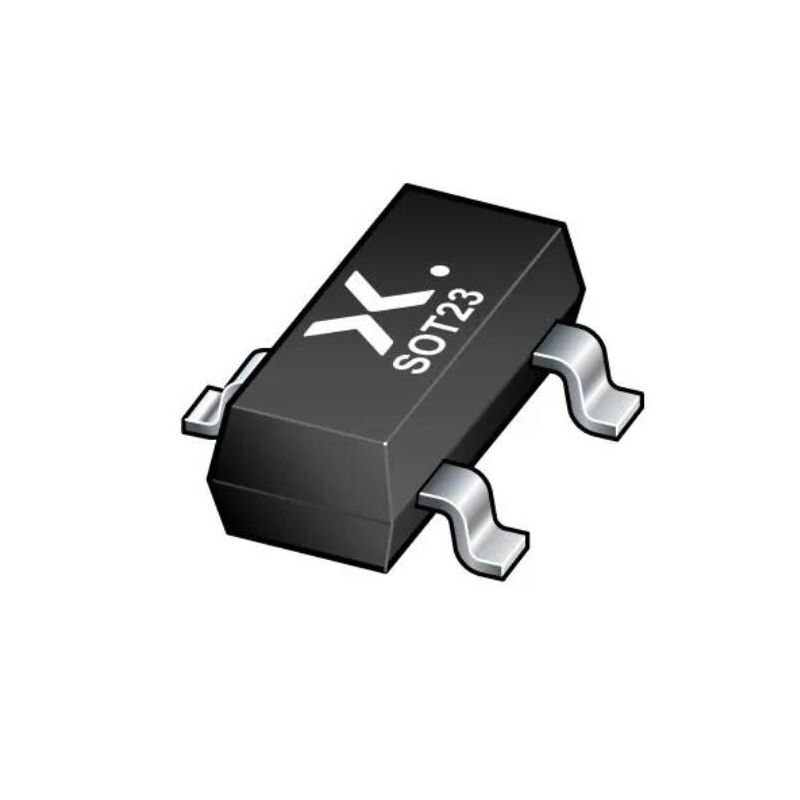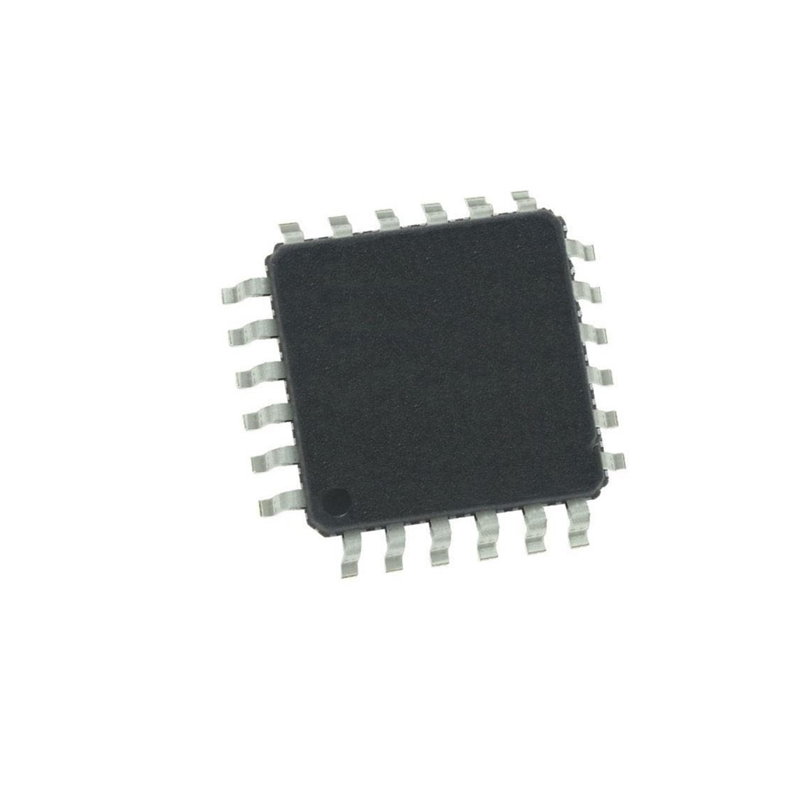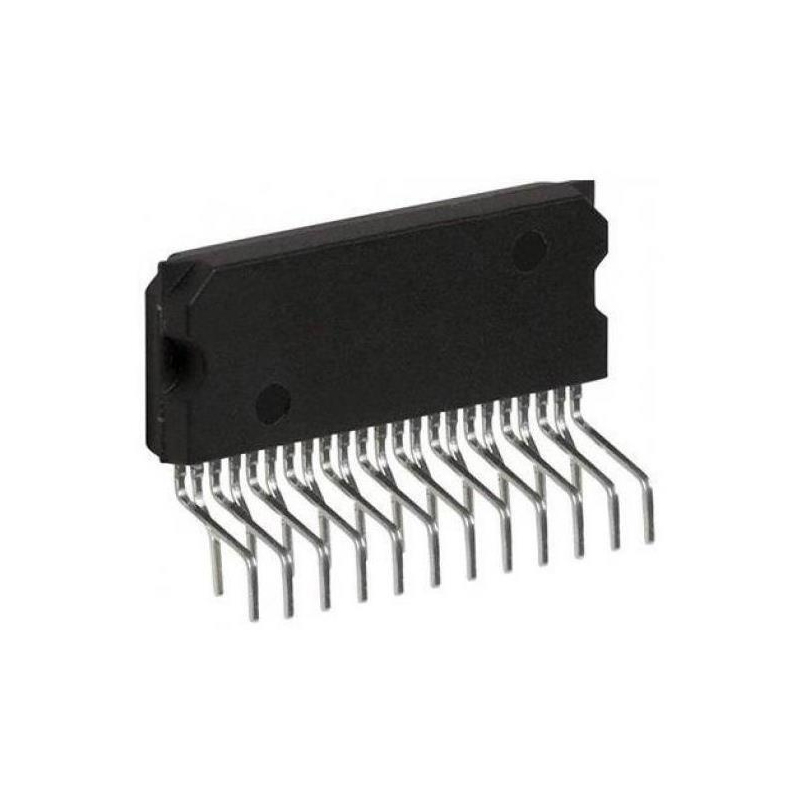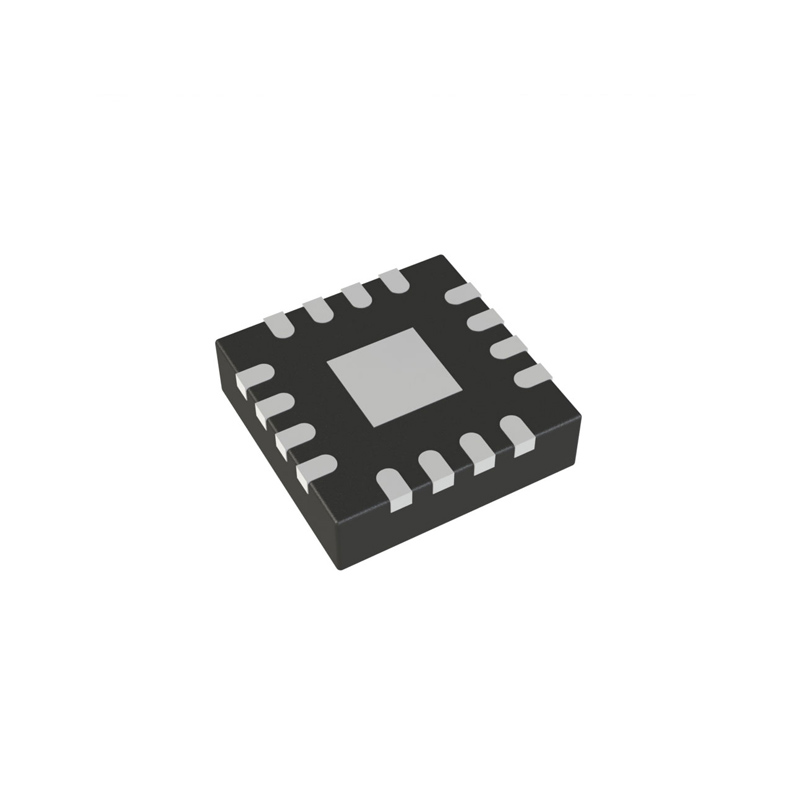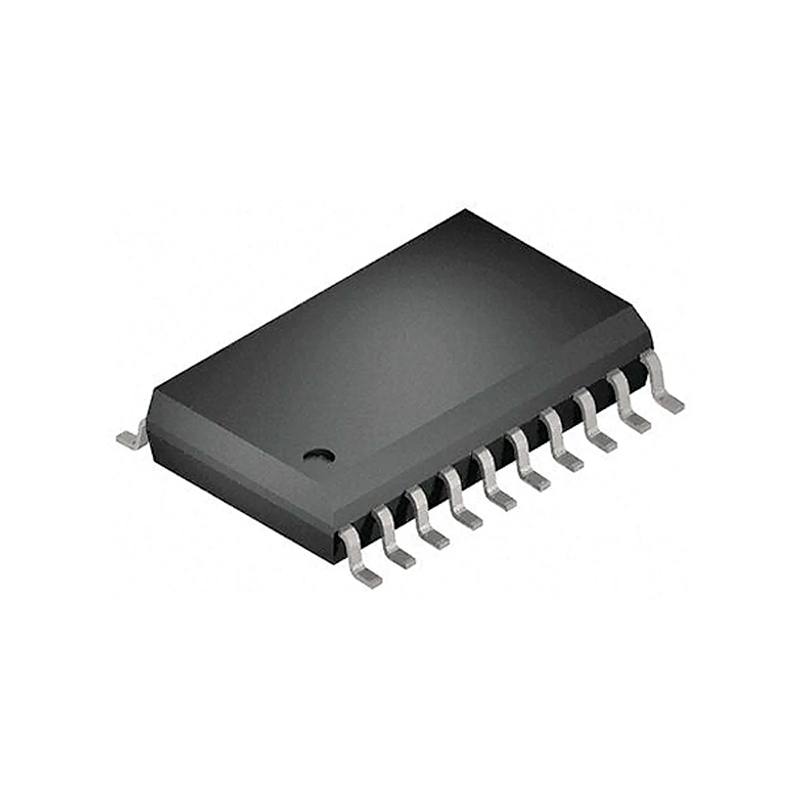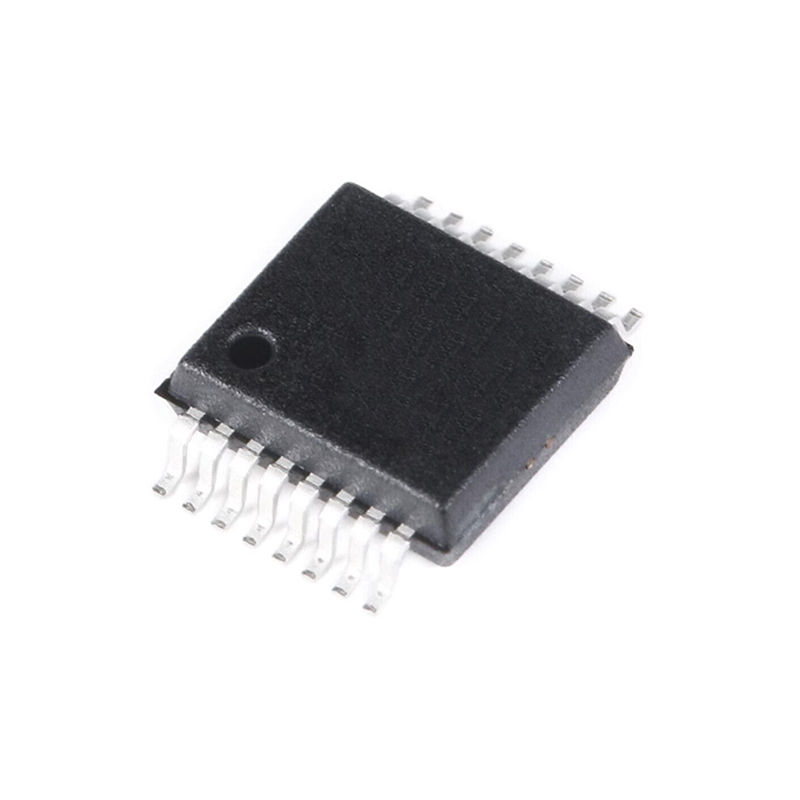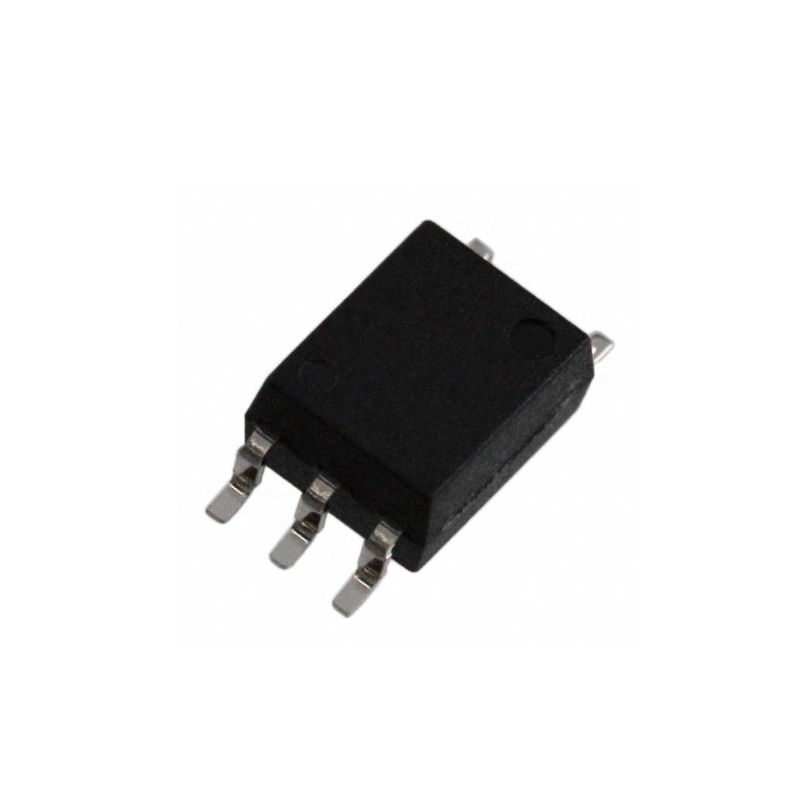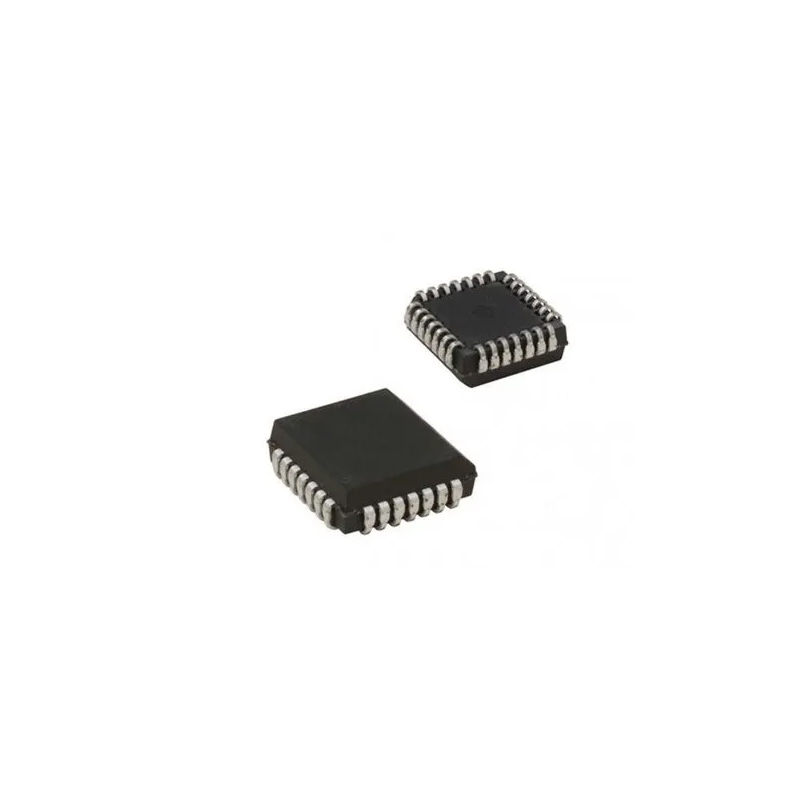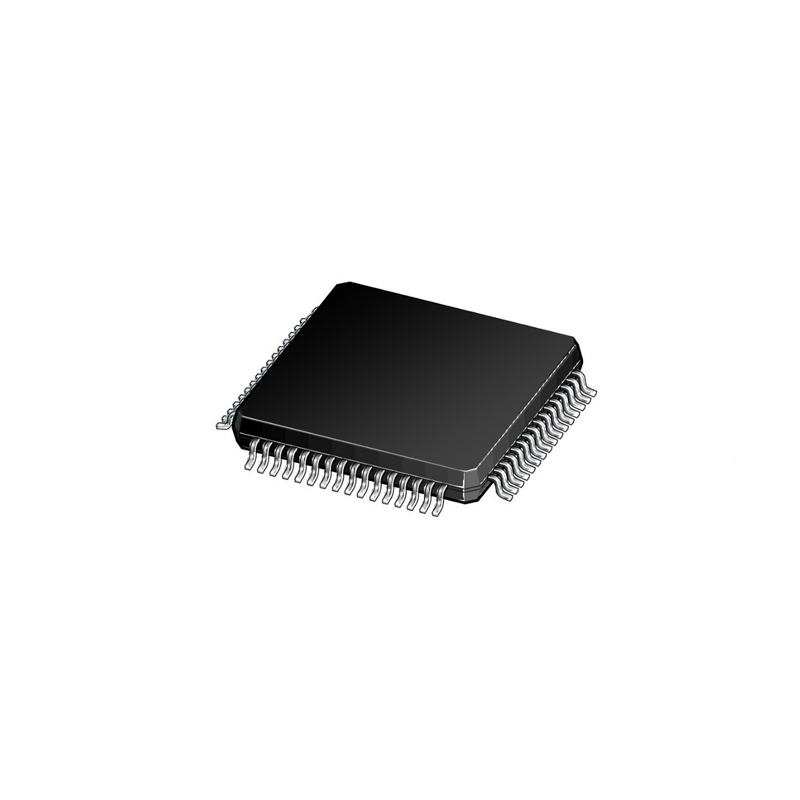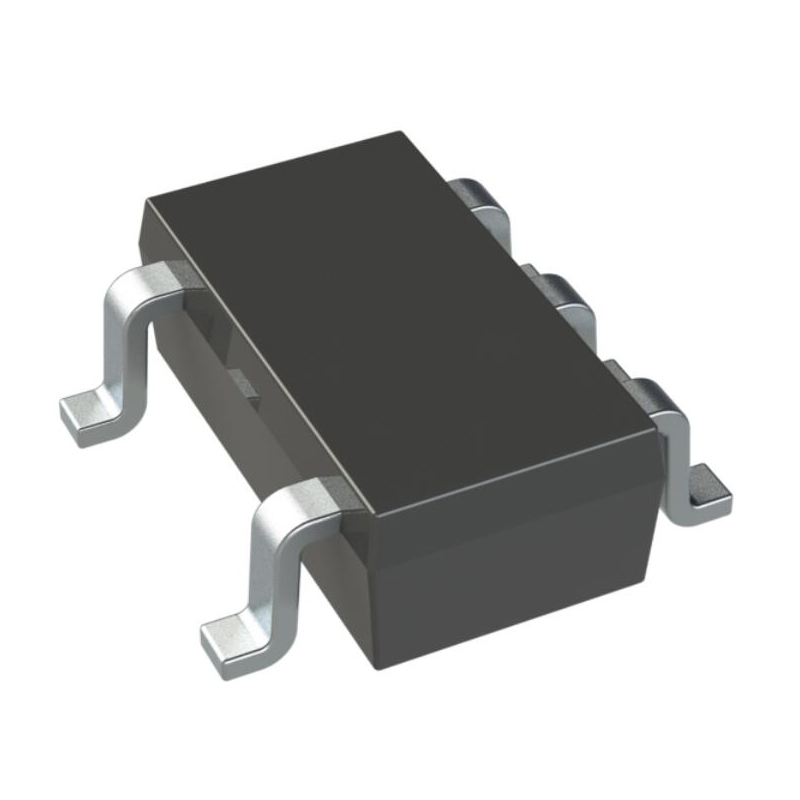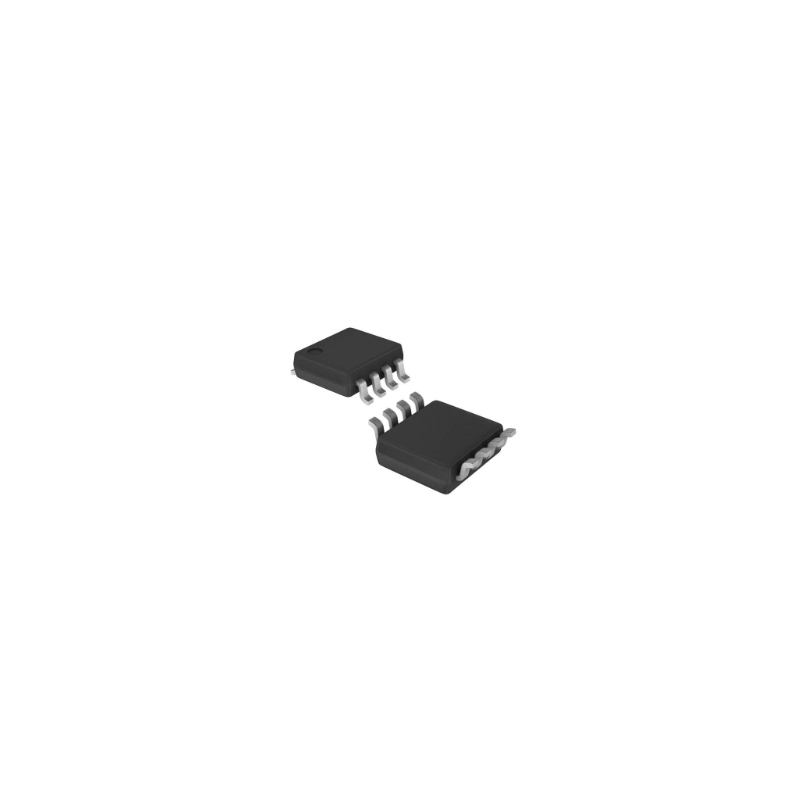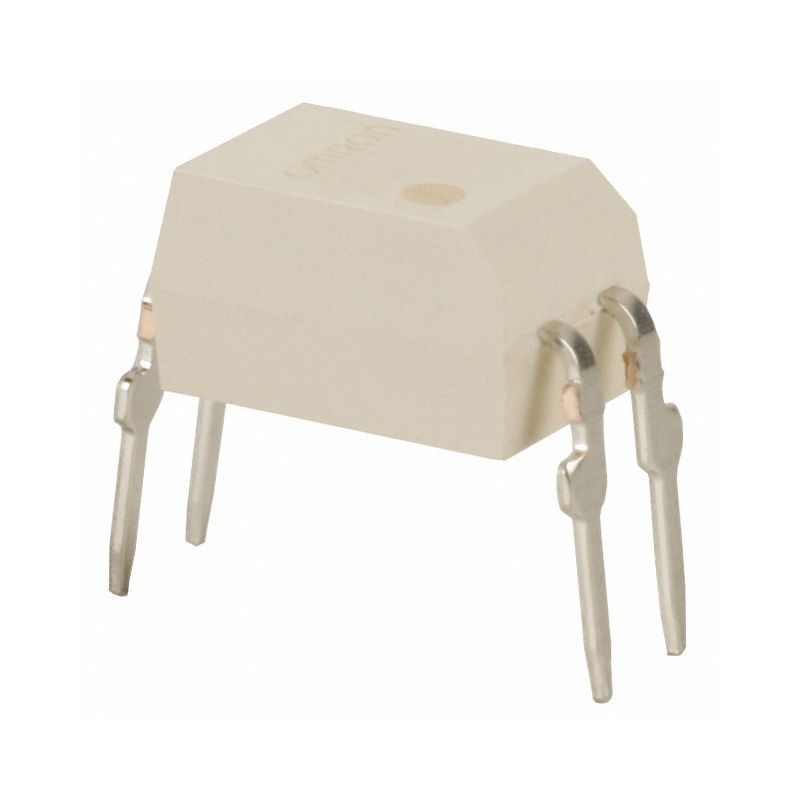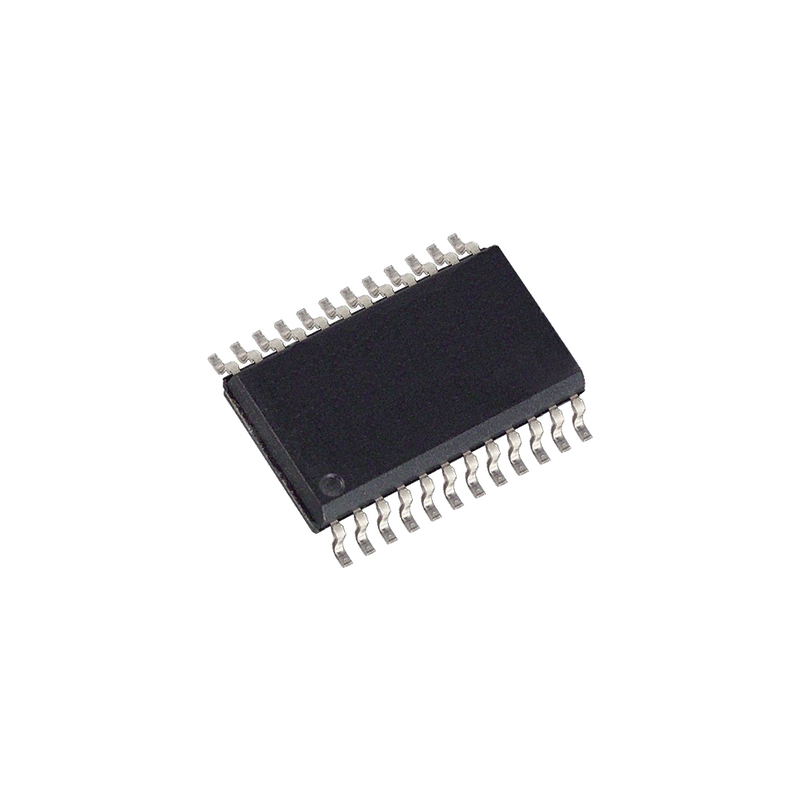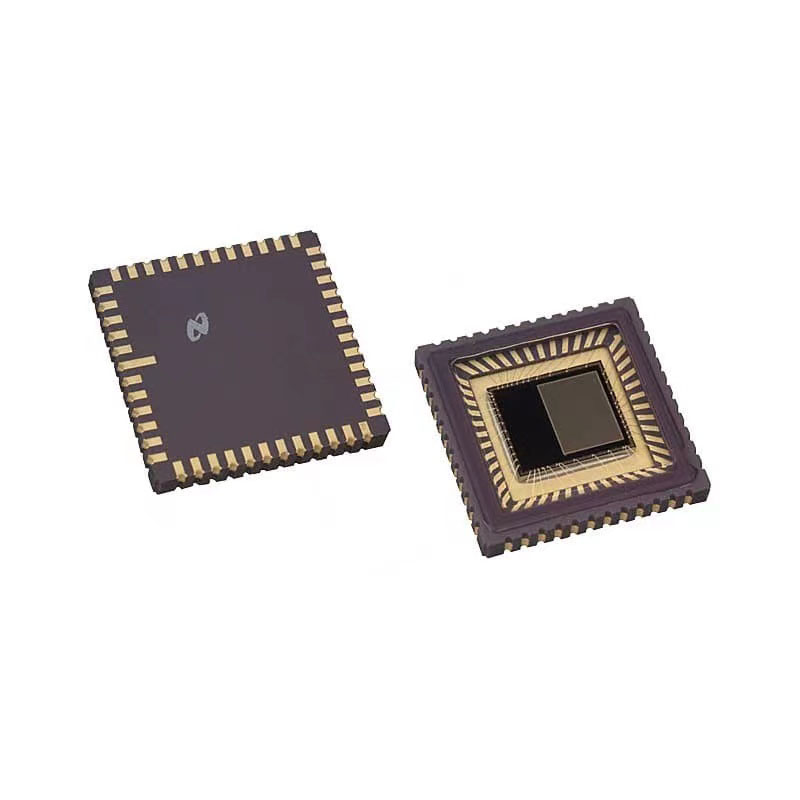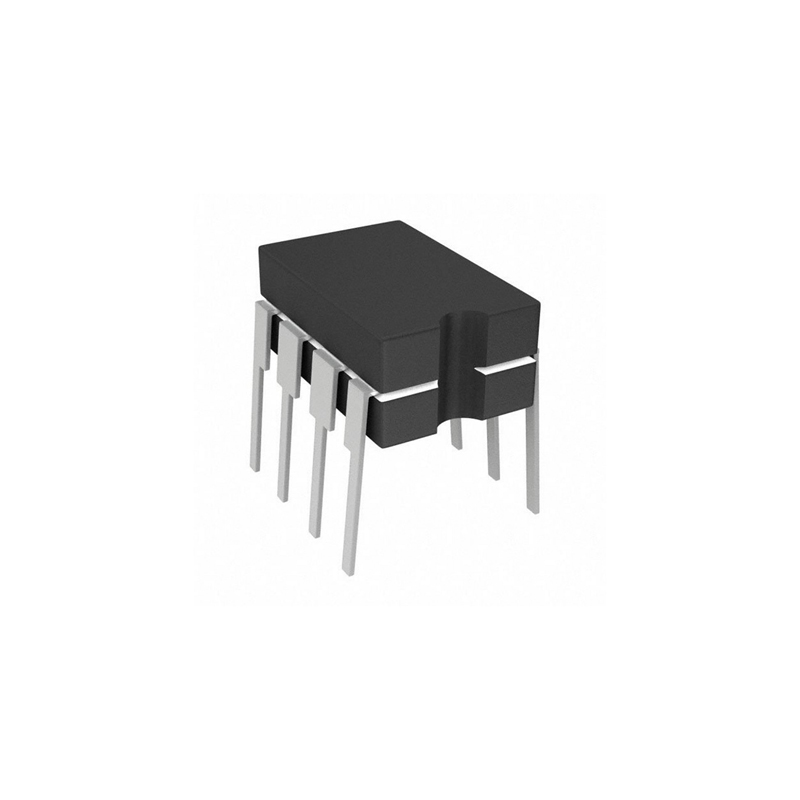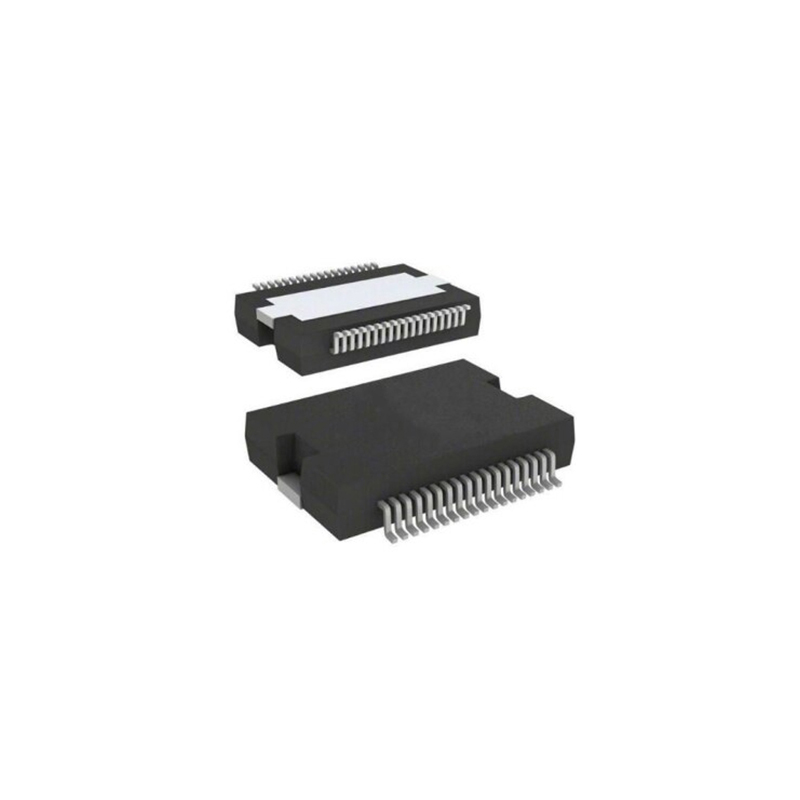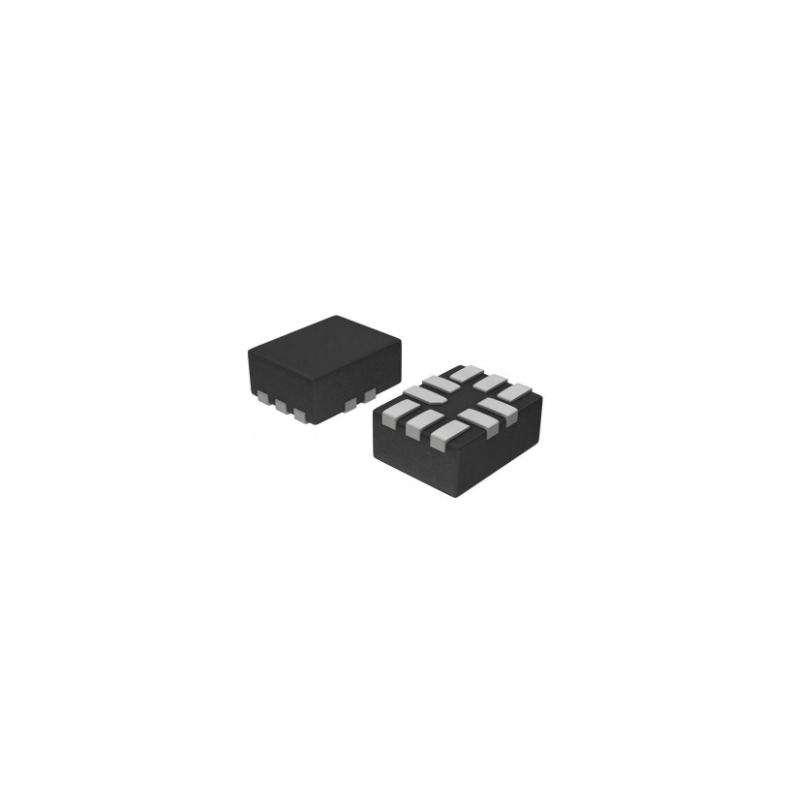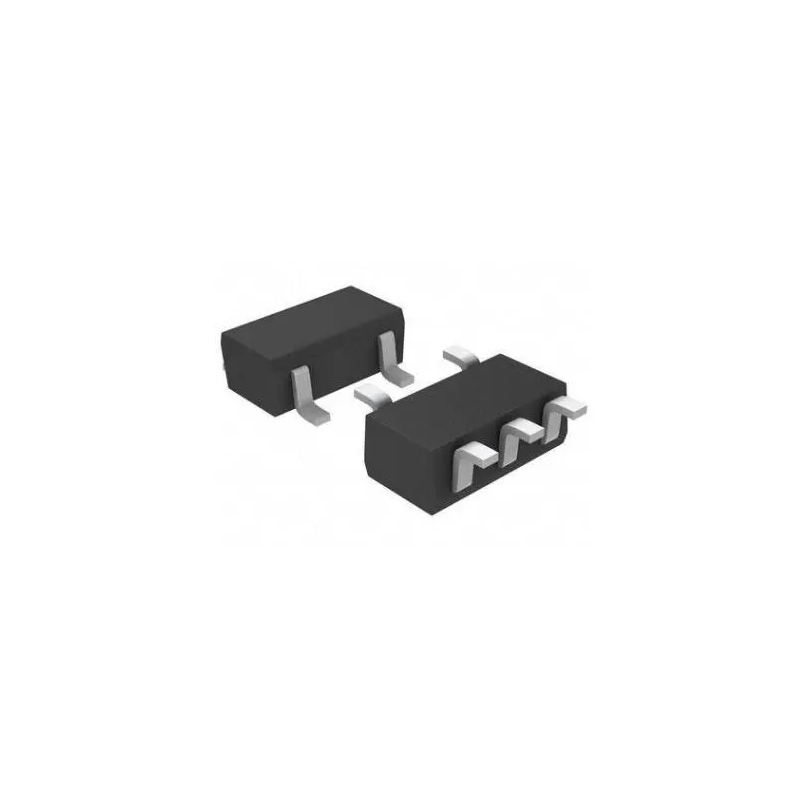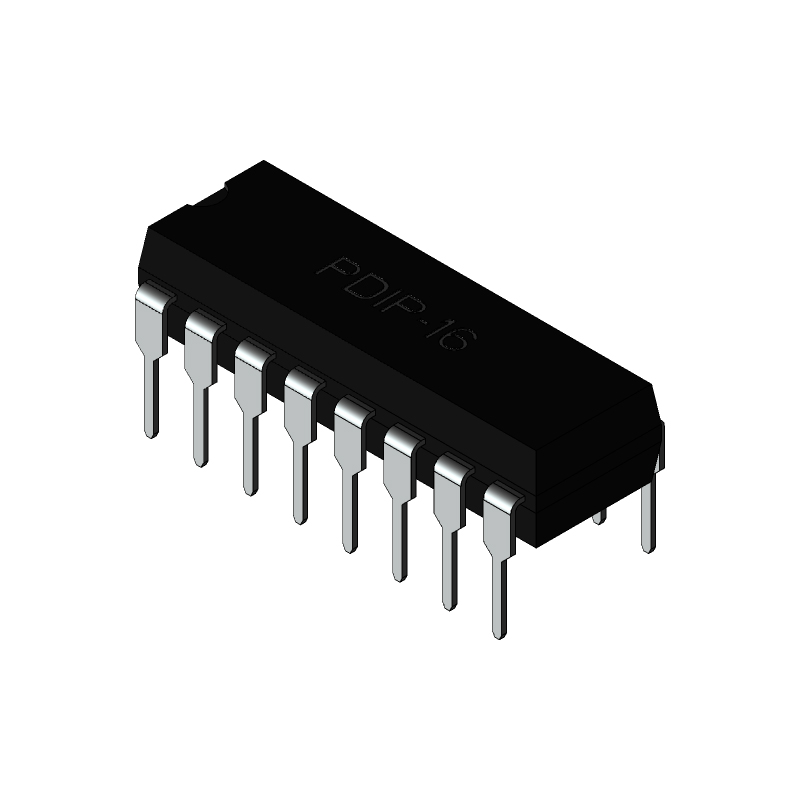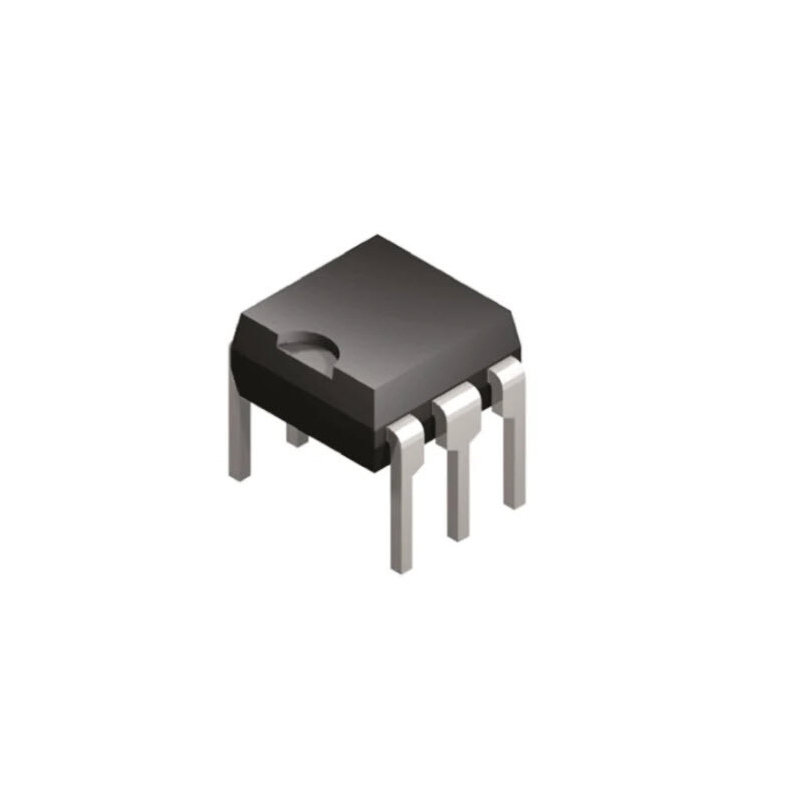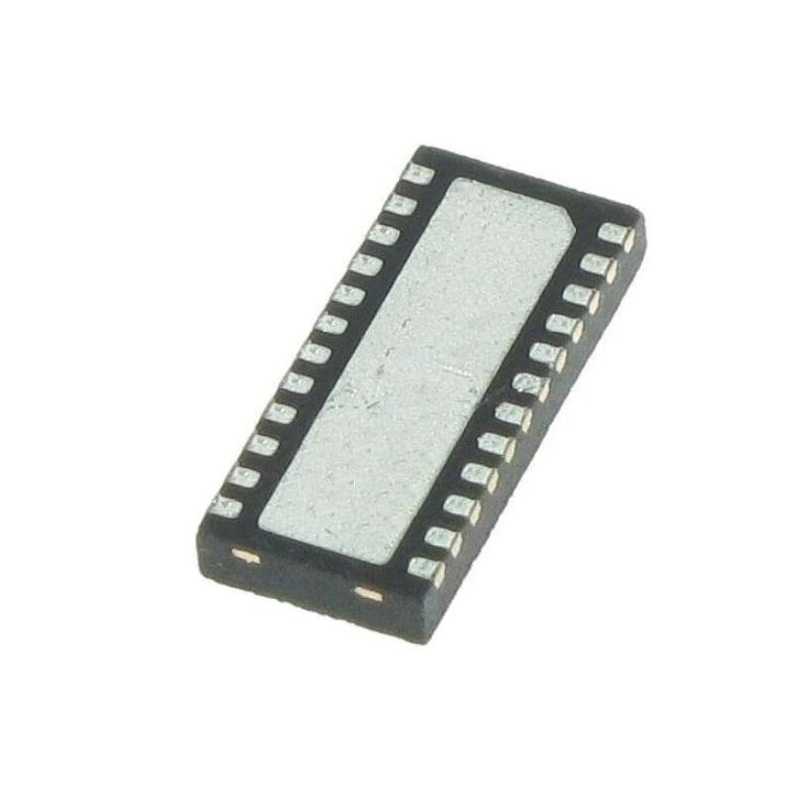Everything You Need to Know About Capacitors | A Beginner's Guide
Update Time: Dec 25, 2019 Readership: 2768
Contents
Almost all circuits have a capacitor on them, as well as resistors and inductors, which are the basic passive components we use in electronics.
What is a Capacitor?
A capacitor is an electronic component that stores and releases electrical energy. It consists of two metal plates separated by an insulating material called a dielectric. When a voltage is applied across the plates, an electric field is created, causing positive charges to accumulate on one plate and negative charges on the other.
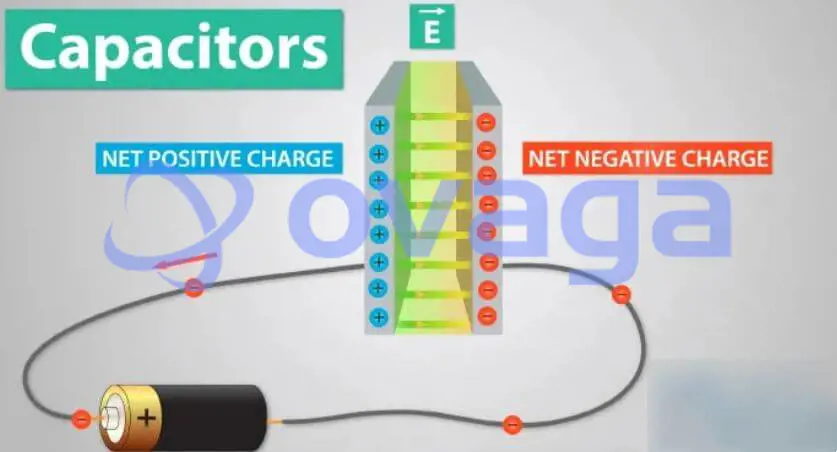
Capacitors come in a variety of shapes, sizes, and types, and are used in a wide range of electronic devices and systems. They can be found in everything from small electronic gadgets, such as smartphones and computers, to larger systems like power supplies and electric motors.
Construction of a Capacitor
A capacitor is made up of two conductive plates that are separated by an insulating material called a dielectric. The plates are usually made of metal, such as aluminum or tantalum, and the dielectric can be made of a variety of materials, including paper, plastic, ceramic, or even air.
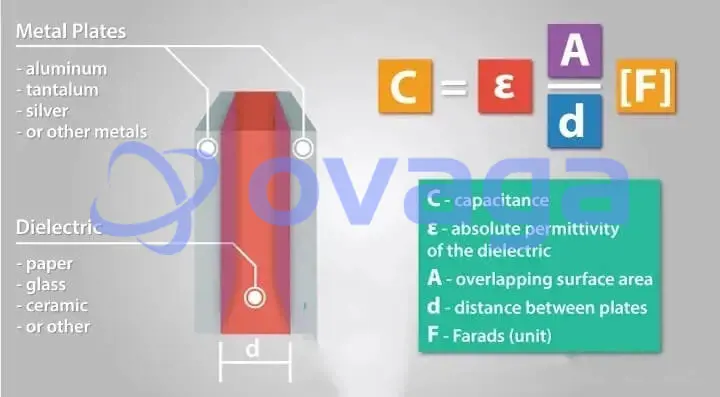
The construction of a capacitor depends on its type, but the basic principle remains the same. Here is a brief overview of how a typical capacitor is constructed:
Conductive plates: The capacitor starts with two metal plates, which are usually made of aluminum, tantalum, or some other conductive material. The plates are flat and smooth, with a large surface area to maximize their capacitance.
Dielectric material: The two plates are separated by a dielectric material, which is a non-conductive material that can store electrical energy. The dielectric material can be made of a variety of materials, including ceramic, paper, plastic, or even air.
Lead wires: Each plate has a lead wire attached to it, which is used to connect the capacitor to a circuit. The lead wires are usually made of a conductive material, such as copper or aluminum.
Enclosure: The capacitor is then enclosed in a protective casing, which is usually made of plastic or metal. The casing protects the capacitor from damage and also helps to keep the dielectric material in place.
The capacitance of a capacitor depends on several factors, including the surface area of the plates, the distance between the plates, and the type of dielectric material used. Capacitors come in a variety of shapes and sizes, depending on their intended use, and can be found in everything from small electronic gadgets to large power supplies and electric motors.
How Capacitance Works
First of all, we can notice that metals usually have equal amounts of positively and negatively charged particles, which means that it is neutral.
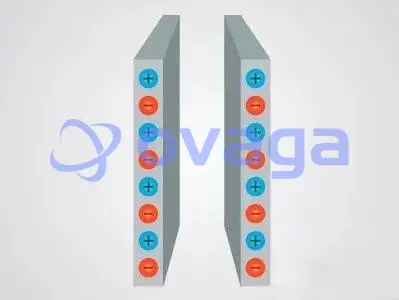
If we connect a power source or a battery to the metal pole plate of a capacitor, there will be a current flow, or the electrons on the pole plate connected to the positive terminal of the battery will start to move to the pole plate connected to the negative terminal of the battery. However, due to the dielectric between the pole plates, electrons will not be able to pass through the capacitor, so they will begin to accumulate on the pole plates.
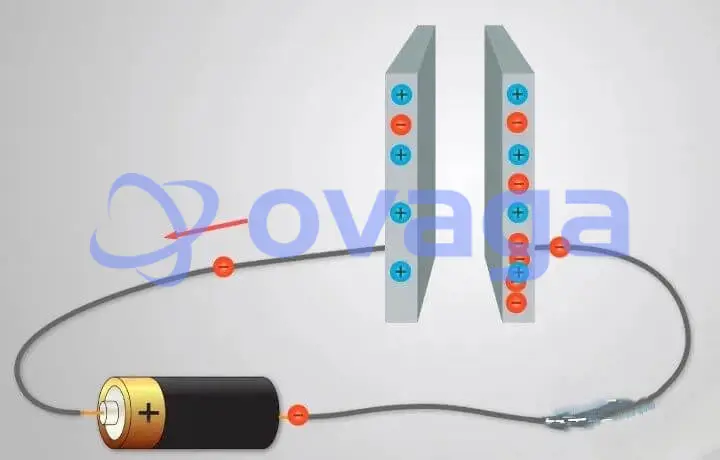
After a certain number of electrons have accumulated on the plates, the cell will not have enough energy to push any new electron elements into the plates because of the repulsive effect of those already present.
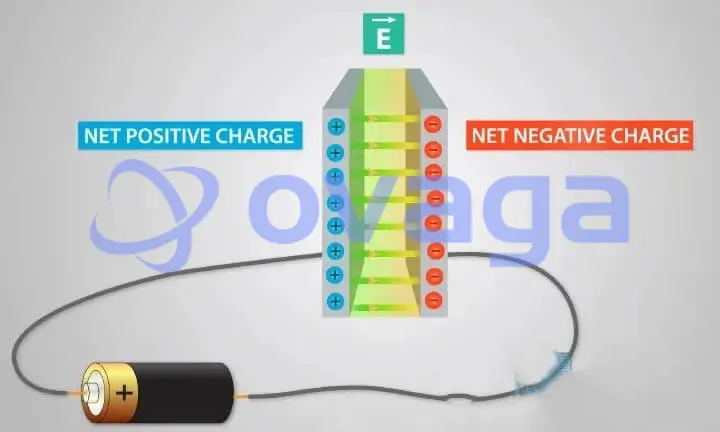
At this point, the capacitor is effectively fully charged. The first pole plate produces a net negative charge and the second pole plate produces an equal net positive charge, creating an attractive electric field between them that maintains the charge of the capacitor.
How a Capacitive Dielectric Works
Let's look at how a dielectric increases the capacitance of a capacitor. The dielectric contains polar molecules, which means that they can change direction depending on the charge on the two plates. So the molecules work in such a way that more electrons are attracted to the negative plate, while repelling more electrons away from the positive plate.
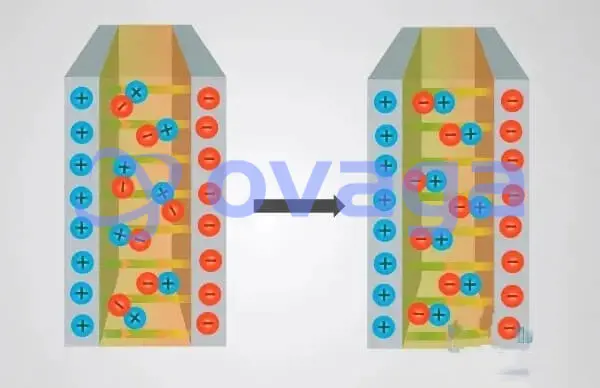
So once it is fully charged, if we remove the battery, it will hold the charge for a long time and act as an energy store.
Now, if we shorten the ends of the capacitor by a load, the current will start flowing through the load. The electrons accumulated from the first pole plate will start moving towards the second pole plate until both plates are electrically neutral again.
This is the basic principle of how a capacitor works, and let's look at some application examples below.
4 Applications of Capacitors
Decoupling Bypass Capacitor
Decoupling or bypass capacitors are a typical example, they are usually used with integrated circuits and are placed between the power supply and ground of the integrated circuit.
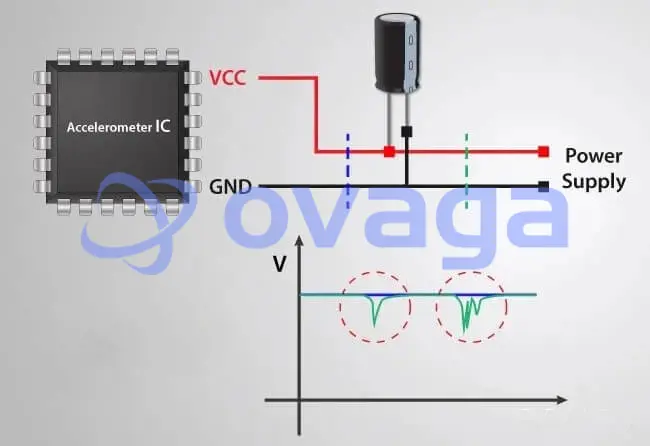
Their job is to filter any noise in the power supply, such as voltage ripples that occur when the power supply drops its voltage for a short period of time or when a part of the circuit is switched causing the power supply to fluctuate. The capacitor temporarily acts as a power supply and bypasses the main power supply at the moment when the voltage drop occurs.
AC-DC Conversion
Another typical application example is a capacitor used in a DC-DC adapter. To convert AC voltage to DC voltage, a diode rectifier is usually used, but it would not be able to do the job without the help of a capacitor.
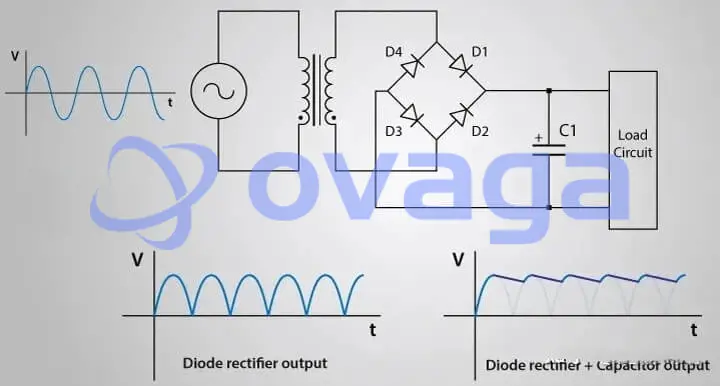
The output of a rectifier is a waveform. Therefore, when the output of the rectifier rises, the capacitor charges and when the output of the rectifier falls, the capacitor discharges, smoothing the DC output in this way.
Signal Filtering
Signal filtering is another example of the application of capacitors. Due to their specific response time, they are able to block low frequency signals and allow higher frequencies to pass through.
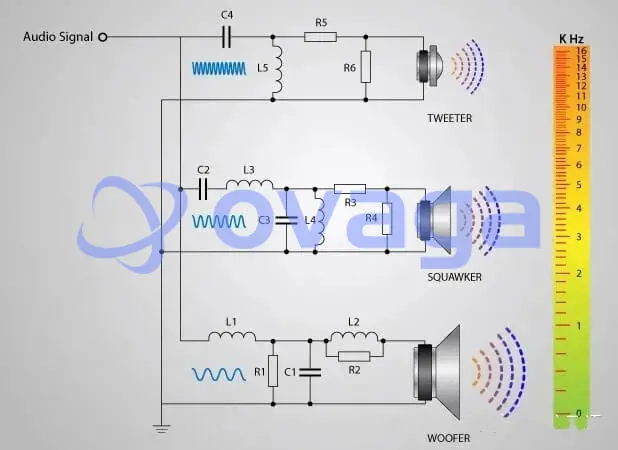
It is used in radio receivers to remove unwanted frequencies and in crossover circuits inside loudspeakers to separate the low frequencies of woofers from the high frequencies of tweeters.
Capacitance as energy storage
Another fairly obvious use of capacitors is for energy storage and supply. While they can store fairly low amounts of energy compared to a battery of the same size, they have a much longer life and can deliver energy much faster, making them more suitable for applications that require high bursts of power.
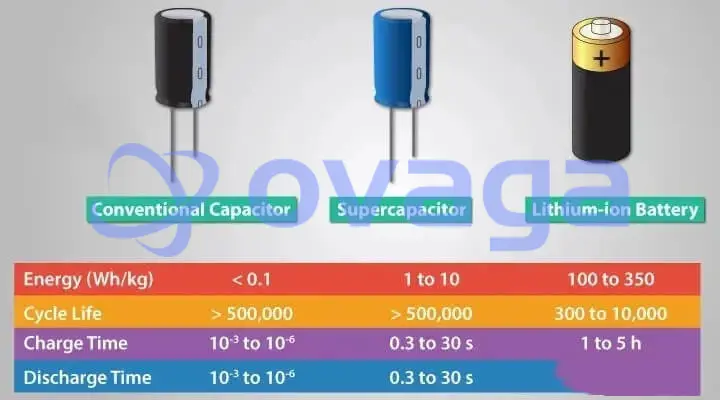
Differences Between Capacitors and Batteries
Capacitors and batteries are both energy storage devices, but they work in very different ways and have different characteristics. Here are some of the key differences between capacitors and batteries:
Energy storage: A capacitor stores energy by storing an electrical charge on its plates, while a battery stores energy through a chemical reaction that generates a voltage.
Capacity: Capacitors have a much lower capacity for energy storage than batteries. While capacitors can store energy quickly and discharge it rapidly, their energy storage capacity is limited compared to batteries, which can store more energy for longer periods of time.
Charge and discharge times: Capacitors can charge and discharge almost instantaneously, while batteries can take some time to charge and discharge. This makes capacitors ideal for applications that require rapid bursts of energy, while batteries are better suited for longer-term energy storage.
Lifespan: Capacitors have a much longer lifespan than batteries, since they do not rely on a chemical reaction that can degrade over time. Capacitors can last for many years, while batteries typically have a lifespan of a few years at best.
Voltage: Capacitors can store and release energy at high voltages, making them ideal for use in applications such as flash photography and high-voltage power supplies. Batteries, on the other hand, typically operate at lower voltages.
In summary, while both capacitors and batteries are energy storage devices, they have different characteristics and are better suited for different applications. Capacitors are better for storing and releasing energy quickly, while batteries are better for long-term energy storage.
Conclusion
In conclusion, capacitors are essential components in many electronic devices and systems, playing a vital role in storing and releasing electrical energy. By understanding the basics of capacitors, including their types, functions, and applications, you can gain a better appreciation for their importance in modern technology.
Whether you're a beginner or an experienced electronics enthusiast, knowing how capacitors work can help you troubleshoot and optimize your circuits for better performance. So take the time to learn about capacitors and discover their many uses in a wide range of industries.
Popular Blogs
-
![What is Integrated Circuit Design?- How to Design?]()
What is Integrated C...
IC design, short for integrated circuit design, ...
-
![Types and Applications of Energy Harvesting Technologies]()
Types and Applicatio...
As the world continues to search for sustainable...
-
![What is an Analog Integrated Circuit?]()
What is an Analog In...
An analog integrated circuit mainly refers to an...
-
![What Can ChatGPT Bring to Smart Cars?]()
What Can ChatGPT Bri...
ChatGPT's popularity continues, and although it ...



